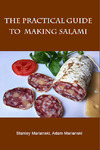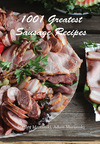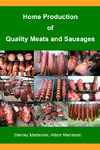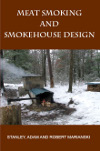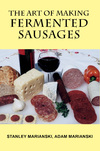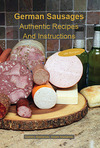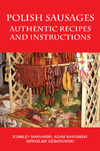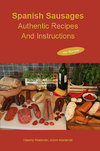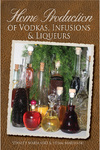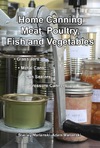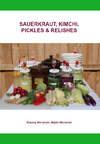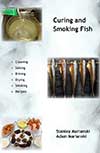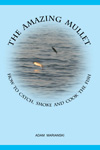Meats and Sausages
The Small World of Sausage Names
There are fewer original sausages than one might think. Many sausages have similar compositions but carry a different name due to the particular language that is used to name them. For example, the blood sausage which has been made for centuries:
- Blood sausage - USA
- Black pudding - UK
- Blutwurst - Germany
- Morcilla - Spain and South America
- Boudin Noir - France
- Kaszanka - Poland
- and the list goes on...
Any sausage can be called “wurst” in German and it is correct. Or “kielbasa” in Polish, “chorizo” in Spanish, or “chouriço” in Portuguese. The point we are stressing here is that once you understand how a particular type of sausage is made, a head cheese, for example, the name becomes less relevant, so you can call it any way you like, but it will still be a head cheese. One day, you may call it “My Head Cheese” and the next time you add some vinegar to it, the name becomes “My Souse,” although it is basically the same product. It is like making one sausage and calling it by different names.
You can make up your own recipe and call it My Kielbasa, My Wurst, or My Chorizo and it will still be the same sausage.
Polish Krakowska sausage (city of Krakow) is called Krakauer sausage in German, but that does not mean it is a different sausage. You can create your own recipe and call it Thüringer Salami, My Salami, or American Salami and it will still be the same sausage.
And adding raisins, pineapples, prunes, peanuts, and other ingredients hardly qualifies a sausage to be the new classic.
Some sausages change names because the meat was ground with a different plate, but that is hardly a new sausage. Take all those recipes with a proverbial grain of salt and do not imagine that it must be a great recipe just because it was published in the book or on the Internet. There are books written by known and recognized professors in the field of meat science that list thousands of recipes, but no instructions on how to make them. There is a book that lists 22 Polish Sausage formulations like this: Polish Sausage A, Polish Sausage B, Polish Sausage Z. Yet the book does not mention even one sausage by name, for example, Kabanosy, Krakowska Sausage, Mysliwska Sausage or other known Polish sausages.
One says I like salami the best, but cannot answer when asked which salami he likes most. To a certain degree, he is right because if a traditional salami is made according to all rules, it will be a great product, regardless of where it was made. Minor differences in the selection of spices can influence its flavor, but each sausage should be a top-quality product. However, the fact remains that there are at least 100 salami that have their names: Salami de Arles, Salami de Verona, Salami Genoa, Salami Lombardia, Salami Felino, Salami Finocchiona, Salami Milano, Salami Nola, Salami Sorrento, and so on.
Well-known sausages inherited their names from the place they originated from. Some even received international recognition and fame or received gold medals at international shows. They all; however, have an individual name that distinguishes them from the rest. Sausages that were awarded the European Certificates of Origin definitely deserve to be called the best.
Every country has a farmer sausage or a countryside sausage. These are regular sausages that contain meat that is ground with a larger plate or cut with a knife. In the past folks living on farms cut meat for sausages with a knife, hence the name. In many countries little sausages are called “Tourist” sausage, better quality liver sausages are often called “Delicatessen Liver Sausage.
There are just a few sausage types such as fresh sausages, fermented sausages, blood sausages, liver sausages, head cheeses, emulsified sausages, smoked and cooked sausages, dry sausages, and a few others and they can be given countless names. There are much fewer original sausages than people like to think.

